Observation Questions
- How would you describe this object?
- How would you describe its shape?
- What color is it?
- Is it plain or is it decorated?
- Do you think it has any writing and/or symbols on it?
Art objects are primary sources that offer us an eyewitness account of the beliefs, cultural practices, and daily life of the time and place in which they were made.
Students will explore two of the collection areas described below. Please review objects before signing up for a tour.
Ancient Egyptian – Examine primary sources found in ancient tombs that illuminate the concept of the afterlife in ancient Egypt.
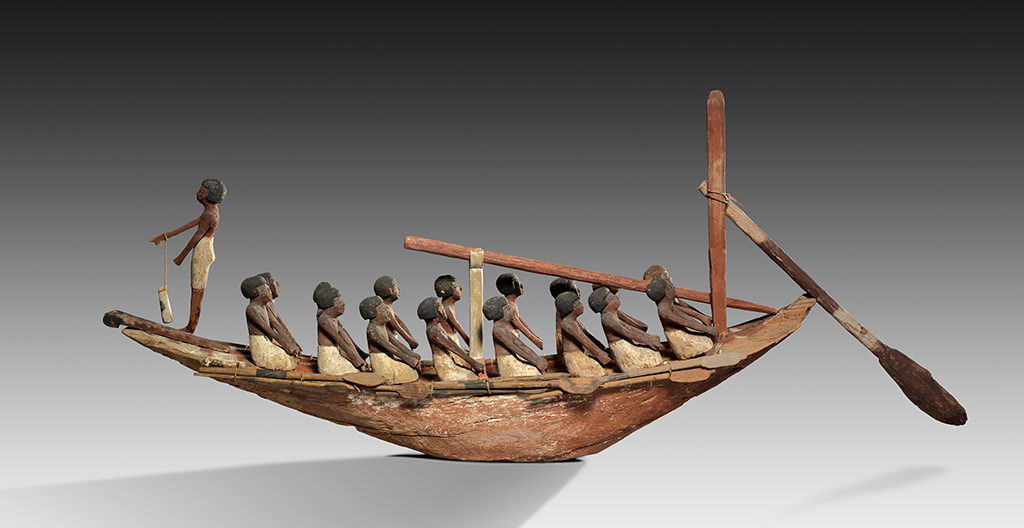
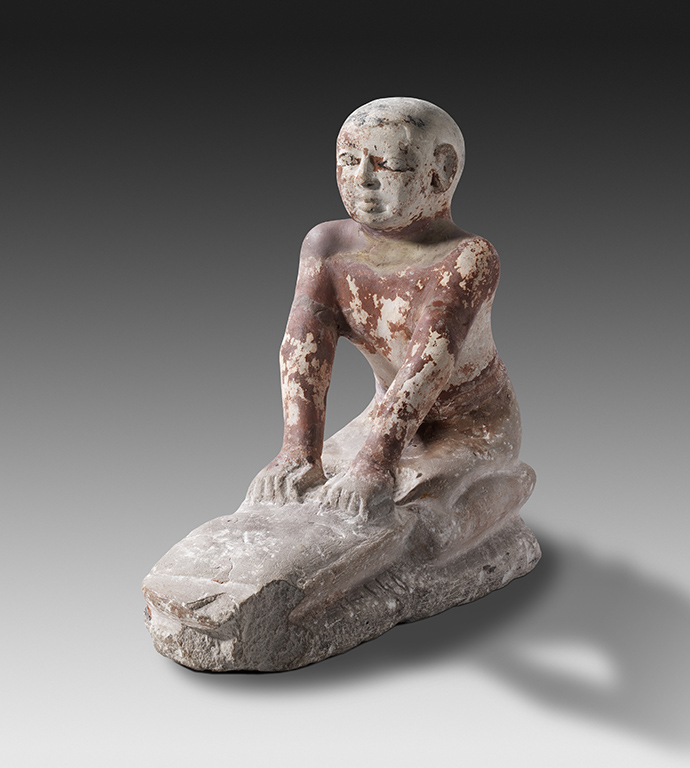
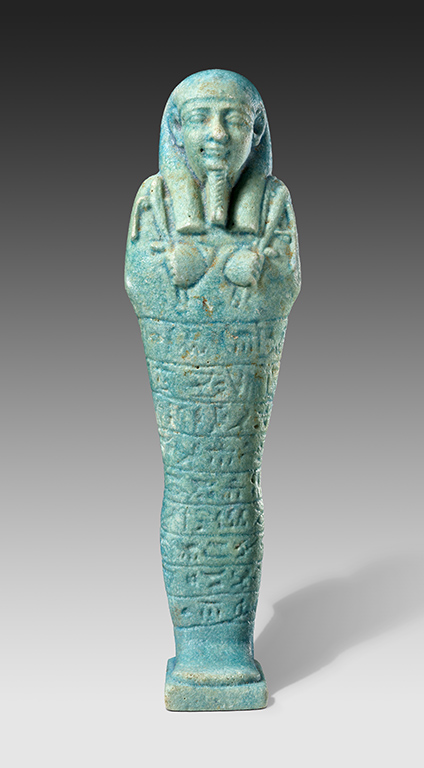
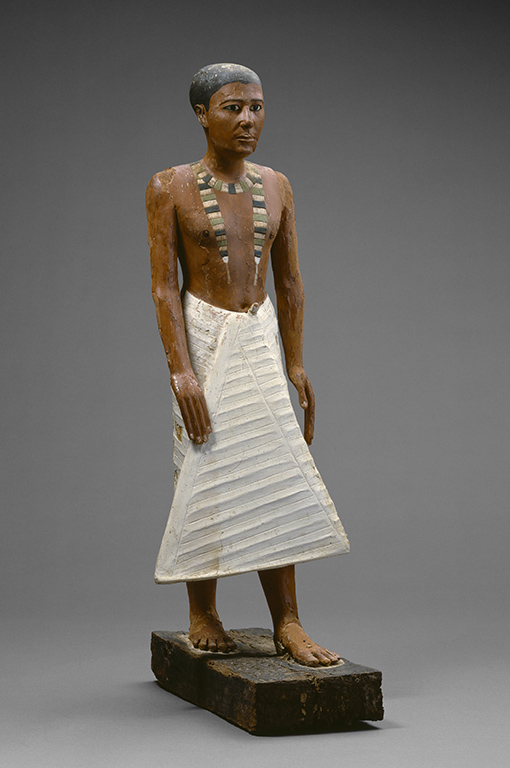
Native American – Investigate a Native American primary source that is 100-150 years old and discuss a contemporary bowl made by a living artist. Please note: this artwork depicts a violent episode from 1599 where Spanish soldiers killed hundreds of Native Americans.
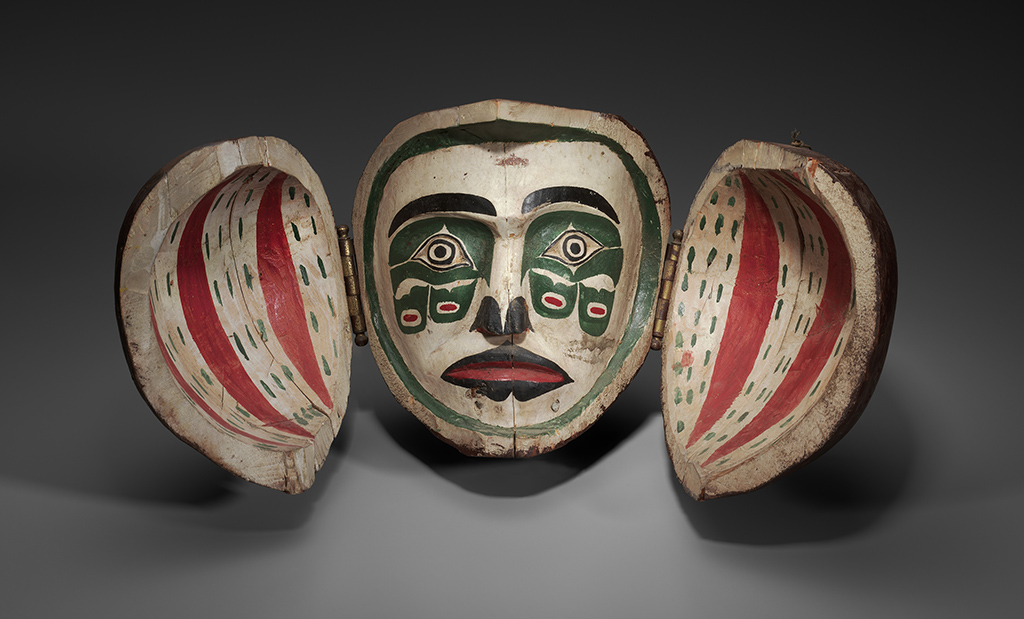
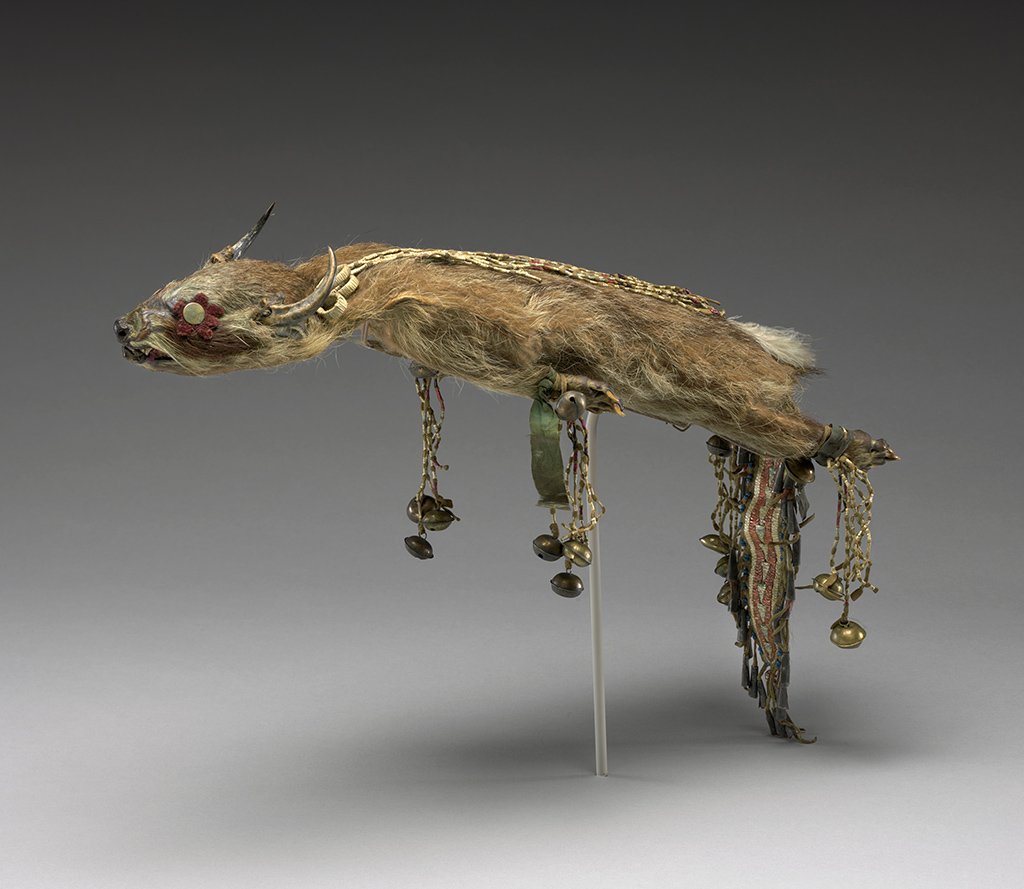
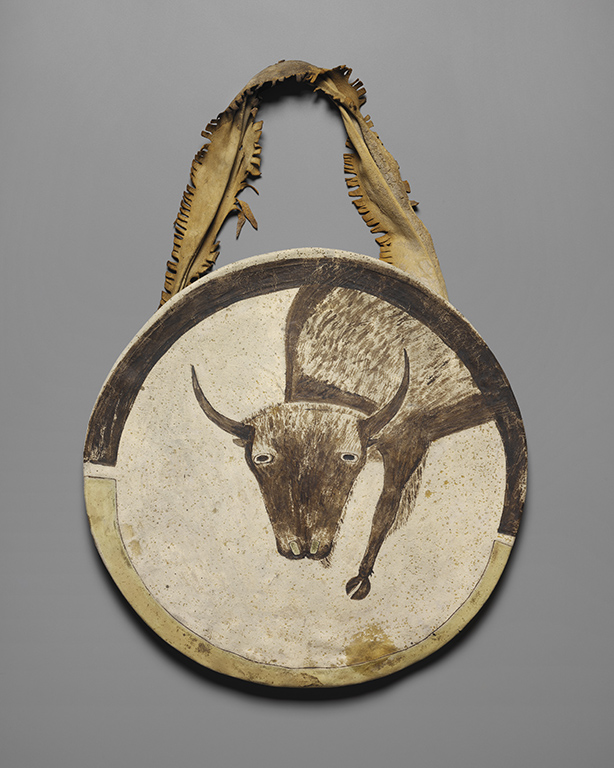
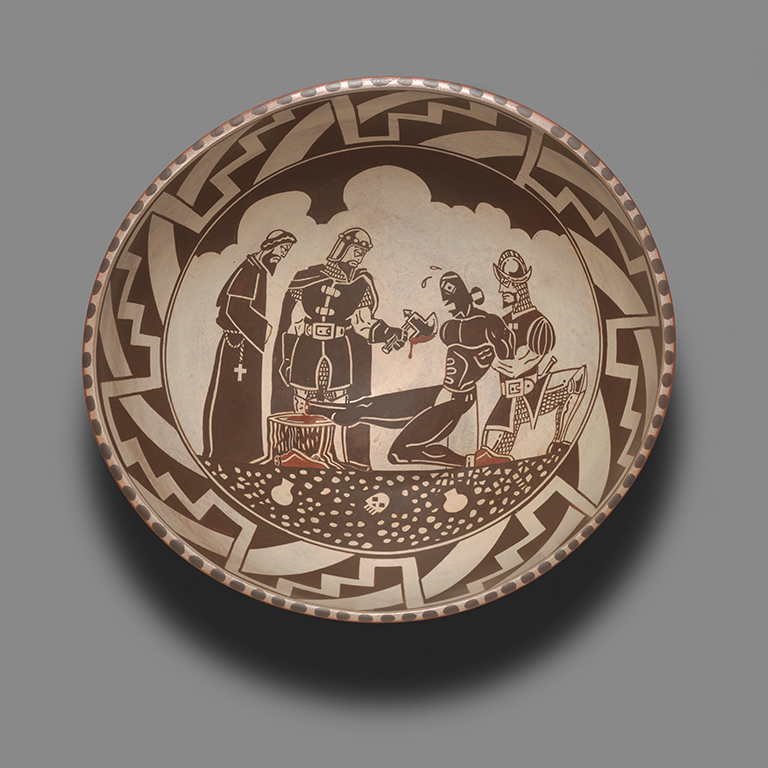
China – Explore primary sources found in ancient tombs that illustrate the exchange of cultural practices along the Silk Road.
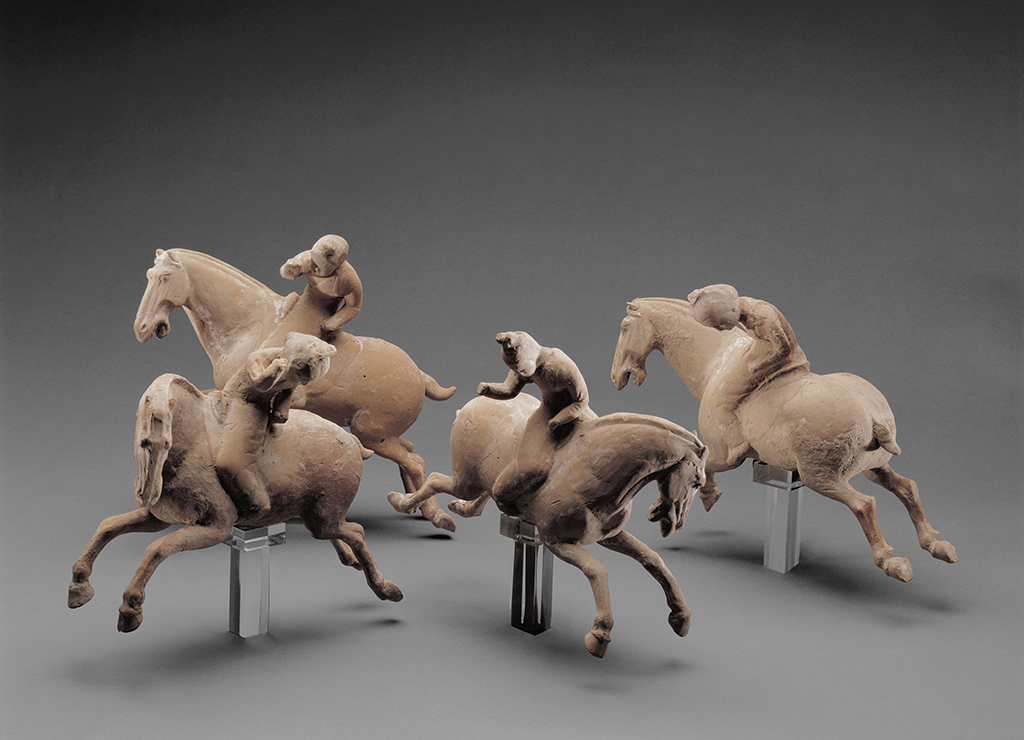
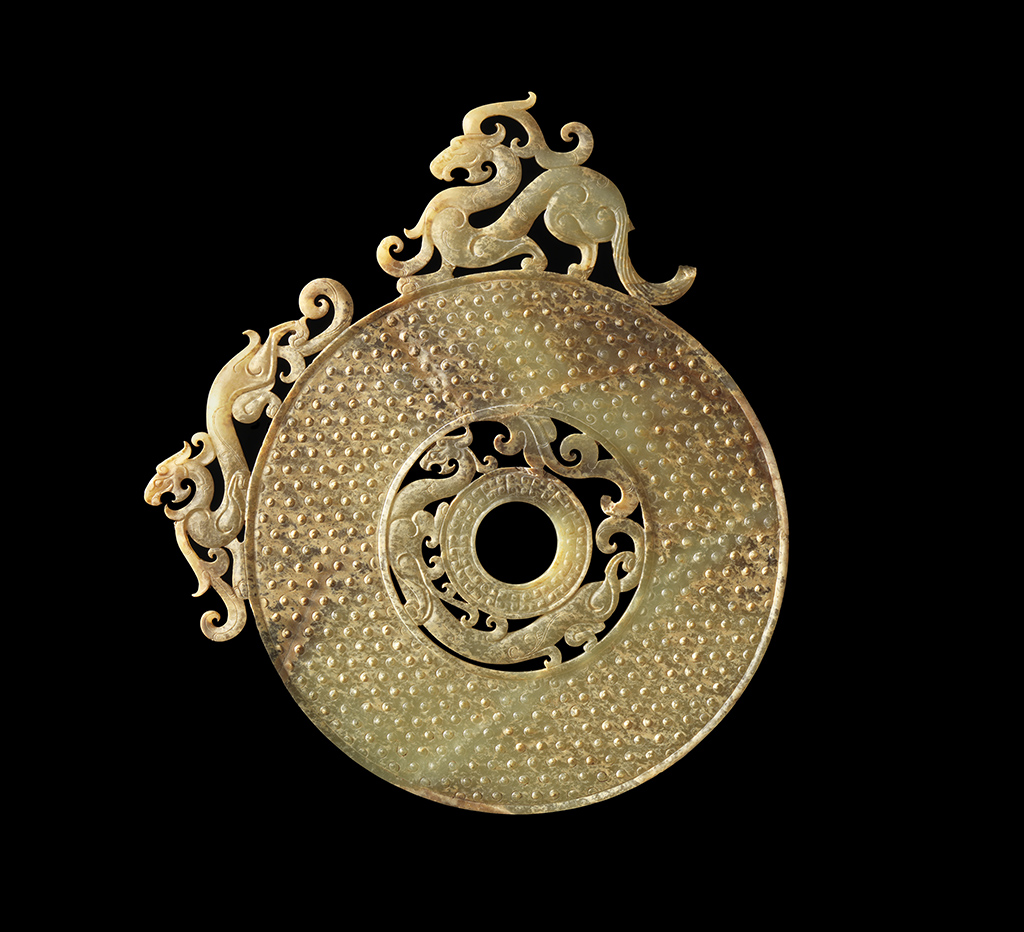
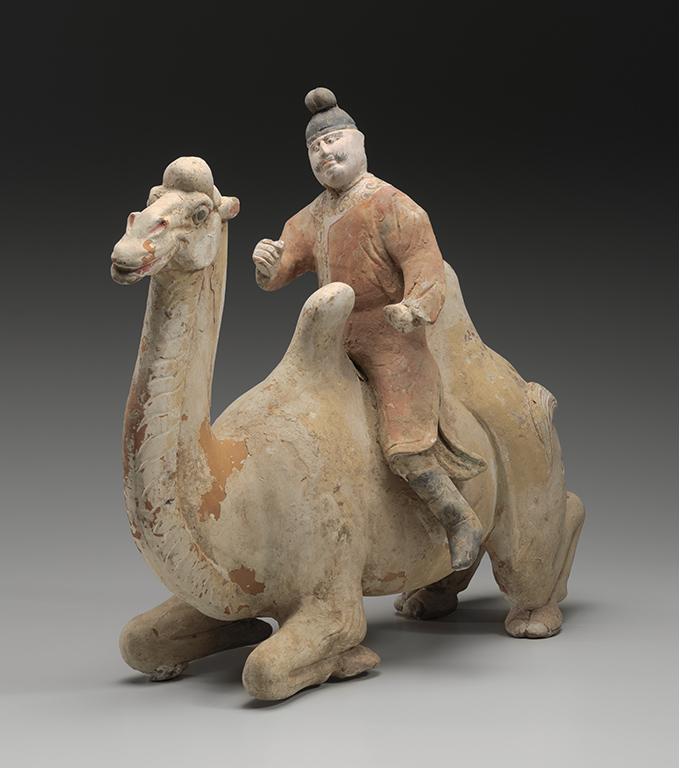
Weaving Splendor Featured Exhibition – Discover luxury objects from China, Persia, Japan, and India and learn what these primary sources can reveal about the people who used them.
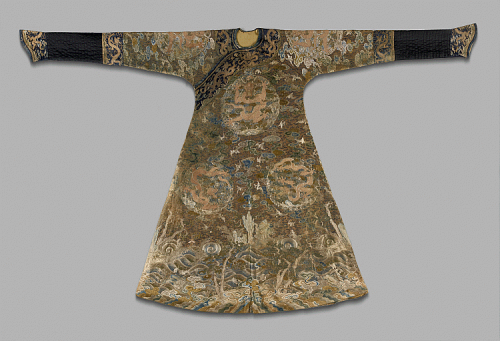
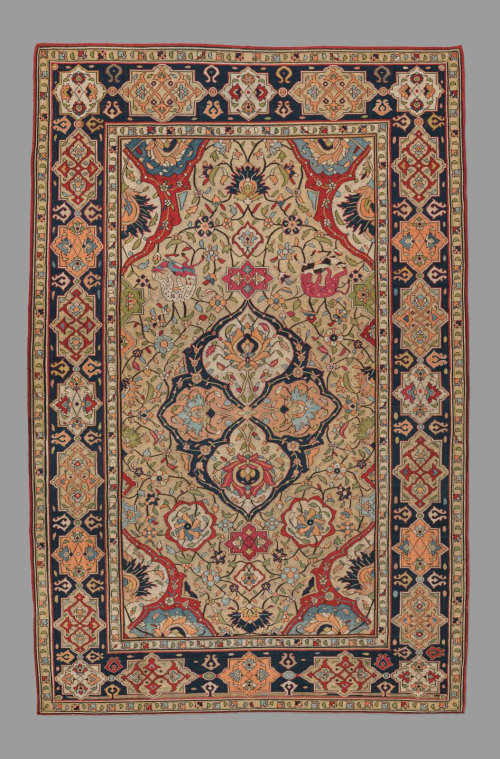
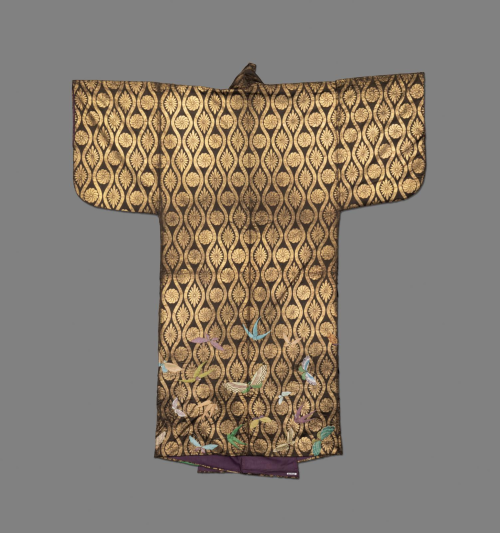
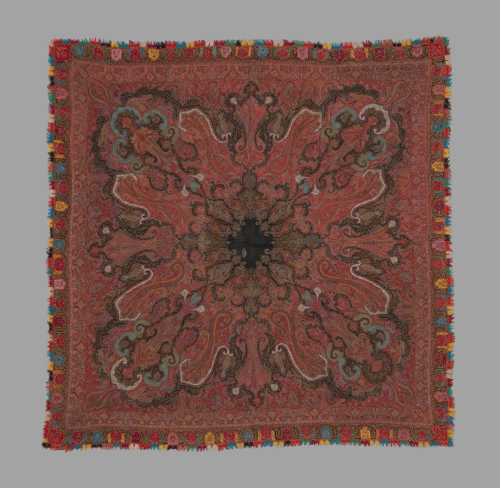
Visual Art
History, Government, and Social Studies (KS)
Social Studies (MO)
Activity Objective
Students will explore a primary source from today’s world. Students will learn that we can discover a lot about a primary source through simple observation and discussion. This activity can be done in the classroom or online. Adapt the activity, considering the safety guidelines of your classroom.
Instructions
Learn More
Close the conversation by telling the students that on their virtual field trip to the Nelson-Atkins they will be doing a similar activity. They will be looking at primary sources closely and investigating them through a series of questions to understand the culture in which they were made.
For more about the power of object-based learning and the use of critical thinking skills, read Shari Tishman’s The Object of their Attention.
Activity Objective
Students will think about primary sources in today’s world and create a time capsule that will inform future generations about our culture and society. This time capsule can be imaginary or real, depending on the safety guidelines of your classroom.